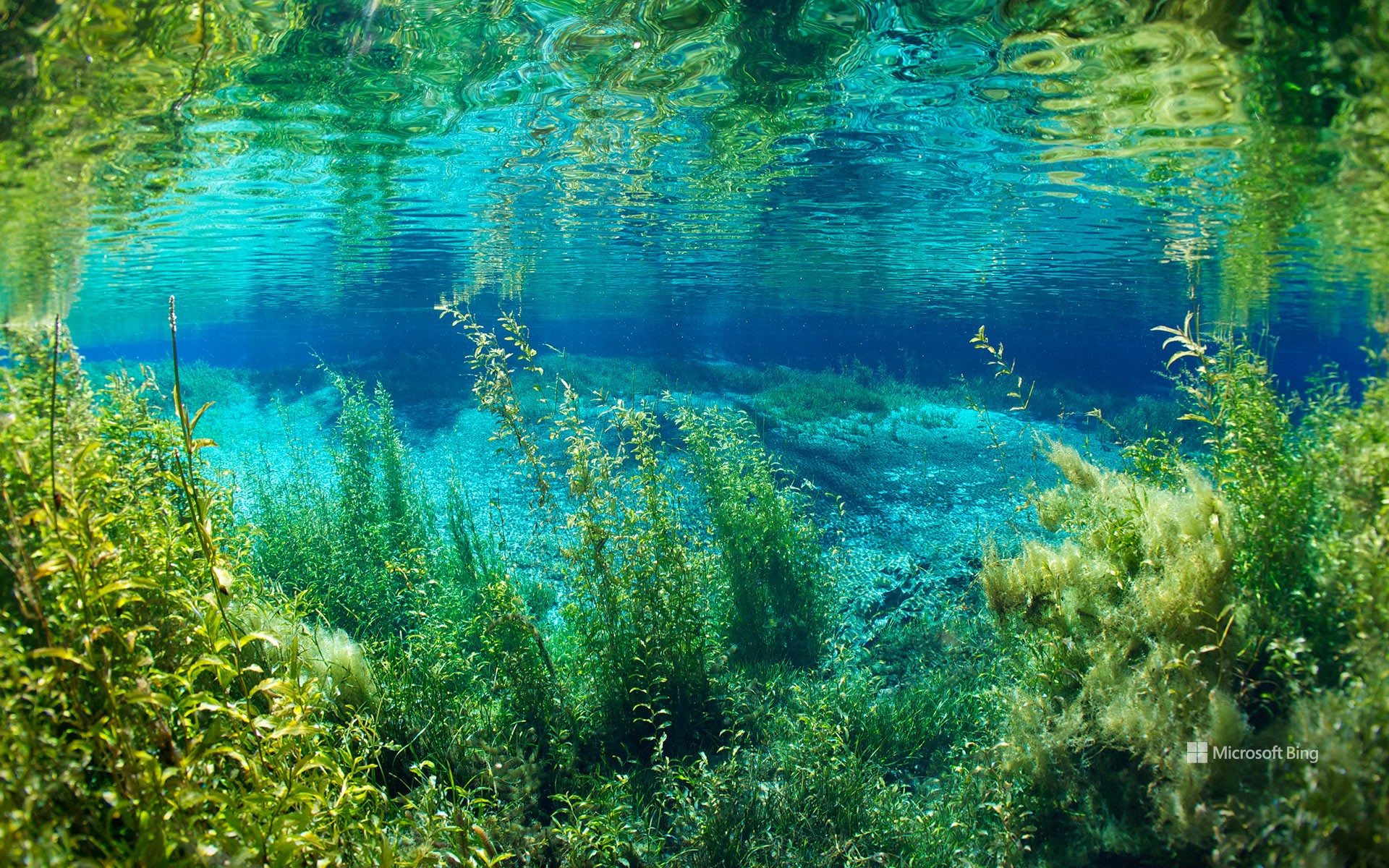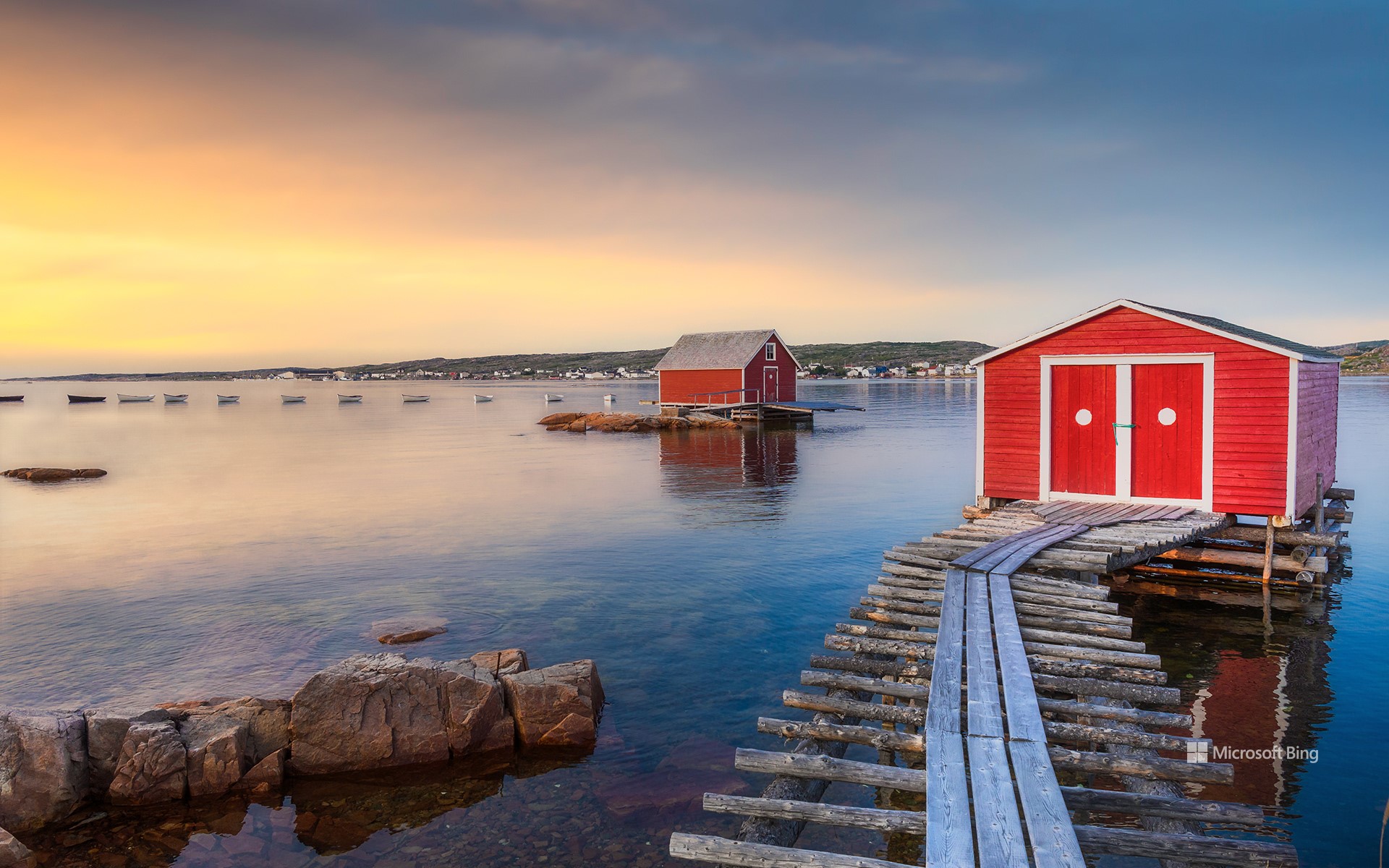彩虹泉州立公园的彩虹河,佛罗里达州,美国 Rainbow River in Rainbow Springs State Park, Florida (© Michel Roggo/Minden Pictures)

彩虹泉州立公园的彩虹河,佛罗里达州,美国 Rainbow River in Rainbow Springs State Park, Florida (© Michel Roggo/Minden Pictures)
彩虹河的清澈拥抱 The clear embrace of Rainbow River
彩虹泉州立公园的彩虹河,佛罗里达州,美国
坐落于佛罗里达州北部墨西哥湾沿岸的,是彩虹泉州立公园。数百年来,这片区域一直作为自然资源,为人类与动物所依赖。穿越公园蜿蜒流淌的彩虹河,正是其中的关键生态要素。河水源自佛罗里达州最大型的泉水之一彩虹泉,其水体汇集自770平方英里的广阔集水区,最终流入威特拉库奇河。
彩虹河清澈见底,全年水温恒定在72华氏度,非常适合游泳与浮潜。公园的历史可以追溯到19世纪80年代末,当时在该地区发现了硬岩磷矿,掀起了一场短暂而热烈的繁荣时期。受磷矿开采推动,一个名为朱丽叶的小型社区迅速在泉水周边发展起来。进入20世纪60年代,该地区逐渐转型为旅游胜地,推出了玻璃底船、单轨列车系统,甚至还有马术表演等游客娱乐项目。如今,游客可以探访这里的观赏花园、瀑布和步道,并近距离观察栖息于此的丰富野生动植物群落,感受这片水域的魅力。
Rainbow River, Rainbow Springs State Park, Florida
Nestled in the northern Gulf Coast of Florida, is Rainbow Springs State Park. This area has served as a natural resource for humans and animals for centuries, with the Rainbow River—flowing through the park—playing a major role. The gently winding waterway is fed by Rainbow Springs, one of Florida's largest springs. The water that bubbles up here comes from a 770-square-mile area and eventually flows into the Withlacoochee River.
The Rainbow River's transparent waters are perfect for swimming and snorkeling, and they maintain a constant temperature of 72°F year-round. The park's history dates to the late 1880s, when hard rock phosphate was discovered in the area, leading to a boomtown era. This period saw the rapid growth of a small community called Juliette near the springs, driven by the phosphate mining industry. During the 1960s, the park emerged as a popular tourist destination, featuring glass-bottom boat rides, a monorail system, and even a rodeo. Today, visitors can explore the ornamental gardens, waterfalls, and walking paths, and enjoy the diverse wildlife that calls Rainbow Springs home.
Tilting渔村, 福戈岛 , 纽芬兰和拉布拉多省, 加拿大 Fishing village of Tilting, Fogo Island, Newfoundland and Labrador, Canada (© FedevPhoto/Getty Images)

Tilting渔村, 福戈岛 , 纽芬兰和拉布拉多省, 加拿大 Fishing village of Tilting, Fogo Island, Newfoundland and Labrador, Canada (© FedevPhoto/Getty Images)
原始渔村的风貌 Authentic Fishing Village Charm
Tilting渔村, 加拿大
蒂林村最初由18世纪的爱尔兰移民所建立,是极少数至今仍保留爱尔兰渔村文化特色的社区之一。当地渔棚与住宅采用明亮色彩,不仅具有装饰功能,更是为了在浓雾或风雪中提高可见性。这种设计体现了早期居民兼具实用性与创造力的生活智慧。今天,加拿大迎来了建国158周年纪念日。从东海岸的历史小村到现代都市,从多元文化融合到壮丽自然风光,我们共同庆祝这个国家的历史积淀、文化底蕴与持续发展的未来愿景。
Happy Canada Day!
Today, Canada turns another year older. Canada Day is a nod to the moment when the country officially came together in 1867. What began as a confederation of Ontario, Quebec, New Brunswick, and Nova Scotia has grown into a nation of 10 provinces and 3 territories. Originally called Dominion Day, the name was changed to Canada Day in 1982—the same year the Constitution Act was signed, granting the country full control over its constitution. While Canada Day is not the country's 'Independence Day,' it's the closest thing to it. Canadians celebrate this holiday with fireworks, parades, concerts, and community events. Ottawa, the country's capital, hosts one of the biggest celebrations, featuring music and speeches on Parliament Hill.
On this day, it is hard to miss how the red and white houses in Tilting mirror the colors of the Canadian flag. Tilting, a village on Fogo Island in Newfoundland and Labrador, was settled by Irish immigrants in the 18th century. It remains a unique example of an Irish outport community that has preserved its cultural identity. The bright fishing sheds and homes weren't painted just for aesthetics; the hues make buildings easier to spot during heavy fog or snowfall. These vivid colors also reflect the practical, resourceful life of the people who settled here.